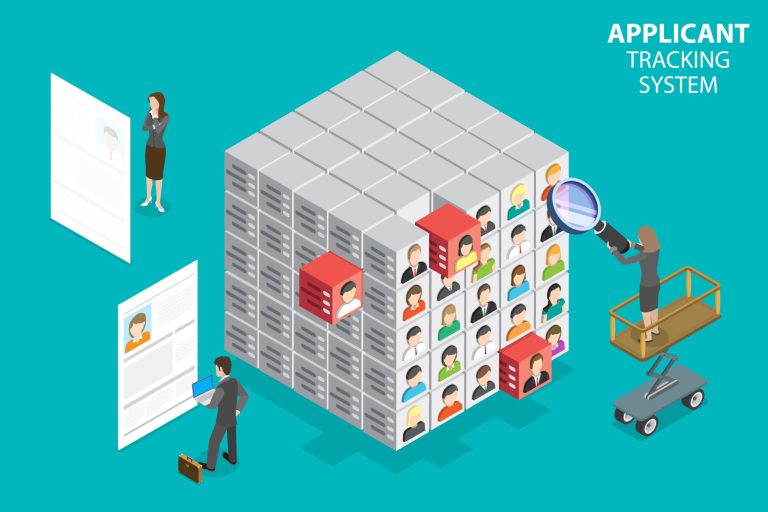This year, data will become an enabling resource for Human Resources (HR) and Payroll departments to fundamentally change how these critically important components operate inside a business.
The result will be more engaged employees that help drive organisational growth.
Although, many companies may consider HR and Payroll departments a necessary evil that keeps the cogs in the machine running, this will change thanks to the benefits data will unlock.
It has become far too easy to view HR and Payroll as a grudge component in organisational strategy when the likes of artificial intelligence (AI), augmented reality, Cloud computing, connected devices, and the like are more exciting from a perception perspective. Yet, without these departments, no company can hope to make any inroads with future-forward technology. In some respects, HR and Payroll provide the bedrock on which the modern business is built.
Overcoming compliance concerns
However, before one can hope to capitalise on data, HR and Payroll must remain cognisant of regulatory affairs and the evolving compliance landscape. The adoption of the Protection of Personal Information Act (Popi) and how organisations should manage the personal data of customers will become even more critical this year.
Best effort is no longer good enough. When it comes to safeguarding data (whether it is customer, corporate, or employee), businesses cannot afford any mistakes. Financial fines and reputational damage can quickly snowball out of control. If anything, this focus on Popi should see HR and Payroll departments put serious consideration into what they print, how often they print, and why they print. Perhaps we will finally see the paperless office emerging in the coming months.
Along with this is that small matter of tax and ensuring all the relevant filings are done on time. As is evident by reports from last year, the eFiling system is under increased pressure and there seems to be the distinct possibility of it crashing.
That saying about death and taxes hold even more true in 2019. Given the complexities of corporate governance, salary structures, and even the momentum generated by the gig economy, decision-makers must give serious consideration to how returns are filed and when they do so.
Building data momentum
While initially thought to cause disruption of the negative kind (think job losses), AI presents business with fresh opportunities to revitalise HR and Payroll. AI can deal with calculation and data tasks with aplomb leaving employees to focus on delivering better strategic value.
AI can access, analyse, and extract value from the treasure trove of data companies have at their disposal. It can also more accurately determine exemptions on taxes, insurance, and so on to give more money back to employees.
Part of the move to AI entails delving into Cloud computing. While once relegated to exclusively IT departments, the cloud is permeating virtually every aspect of business today. This year will see Microsoft launching two data centres in the country with Amazon following suit next year. Already, many organisations are using the Cloud. This will continue over the coming months with businesses becoming less reliant on physical on-premise infrastructure. In many respects, this will also enable organisations to transition their HR and Payroll into a hosted environment centralising much of the job functions that are typically spread out over multiple office locations.
As the year unfolds, companies who are open to embracing change in HR and Payroll will gain much-needed competitive advantage over those who do not. Of course, organisations do not blindly have to embrace every trend, but select the ones most relevant to their immediate business needs.
Data must underpin everything an HR and Payroll department does. The digital business needs to effectively integrate and analyse the value data can bring for not only its employees but its strategic outlook as well.
Ian McAlister is the General Manager of CRS Technologies.





















